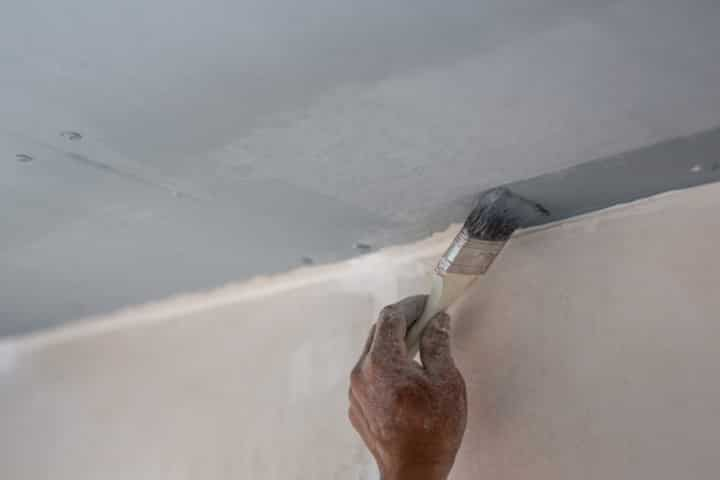
Pier and Beam Foundation Underpinning in Covington Reliable Repair Solutions
In the picturesque city of Covington, ensuring the stability and longevity of residential and commercial structures is paramount. A solid foundation is the bedrock of any building, and among the popular foundation types in this region is the pier and beam foundation. Over time, however, even the most robust foundations can experience issues due to various factors such as soil conditions, moisture levels, and natural wear and tear. This is where underpinning becomes an essential strategy for restoring and reinforcing pier and beam foundations. This article delves into the nuances of pier and beam foundation underpinning, exploring reliable repair solutions available in Covington.
Understanding Pier and Beam Foundations
Pier and beam foundations have been a preferred choice for many homeowners and builders due to their practicality in areas with expansive soils or uneven terrain. This type of foundation consists of concrete piers anchored deep into the ground, supporting beams that hold up the structure. This design allows for a crawl space beneath the building, facilitating easy access to plumbing and electrical systems.
Common Issues with Pier and Beam Foundations
Despite their advantages, pier and beam foundations are susceptible to specific issues, such as:
- Settling or shifting due to soil erosion or changes in moisture content.
- Wooden beam rot or damage from pests such as termites.
- Cracks in the foundation leading to structural instability.
- Excess moisture accumulation, which can lead to mold and mildew.
Addressing these issues promptly is crucial to maintain the integrity of the structure. Read more about this topic to understand the importance of timely interventions.
Underpinning: A Solution for Foundation Stability
Underpinning is a technique used to strengthen and stabilize foundations, making it an ideal solution for addressing the issues commonly associated with pier and beam foundations. The process involves extending the foundation's depth or breadth to distribute the structural load more evenly across the new or existing footings.
Methods of Underpinning
Several underpinning methods are employed based on the specific needs of the structure and the underlying issues:
- Mass Concrete Underpinning: This traditional method involves excavating sections below the existing foundation and filling them with concrete to provide additional support.
- Beam and Base Method: A reinforced concrete beam is constructed below the existing foundation, distributing the load to a broader area.
- Mini-Piled Underpinning: This method is used in situations with deep foundations or where access is restricted. Mini-piles are driven into the ground to support the existing structure.
- Pile Underpinning: This involves inserting piles at strategic points to support the structure, ideal for buildings on soft soils.
Each method has its advantages and is chosen based on a thorough assessment of the foundation's condition. Learn more in this detailed guide about the various techniques and their applications.
The Role of Professional Assessment and Repair
Before any underpinning work begins, a comprehensive assessment by a foundation expert is crucial. This assessment involves:
- Inspecting for visible signs of foundation distress, such as cracks or separations.
- Evaluating moisture levels and drainage around the foundation.
- Assessing the soil type and its impact on the foundation.
- Determining the appropriate underpinning method based on the findings.
Engaging with experienced professionals ensures that the underpinning process is executed efficiently and sustainably. Explore further insights here for a deeper understanding of the assessment process and its significance.
Preventive Measures and Maintenance
In addition to underpinning, implementing preventive measures is essential to prolong the life of pier and beam foundations. Key strategies include:
- Ensuring proper drainage systems to direct water away from the foundation.
- Regularly inspecting for signs of wear and addressing minor issues promptly.
- Maintaining stable moisture levels in the soil around the foundation.
- Scheduling routine professional inspections to catch potential problems early.
Find additional information here about maintaining the health of your foundation and safeguarding your investment.
In conclusion, pier and beam foundation underpinning offers a robust solution to the challenges faced by structures in Covington. By understanding the underpinning process and engaging with qualified professionals, property owners can ensure their buildings remain safe and stable for years to come. For comprehensive insights into foundation repair and maintenance, visit (https://www.foundationrepaircovington.com/foundation-waterproofing-services/).